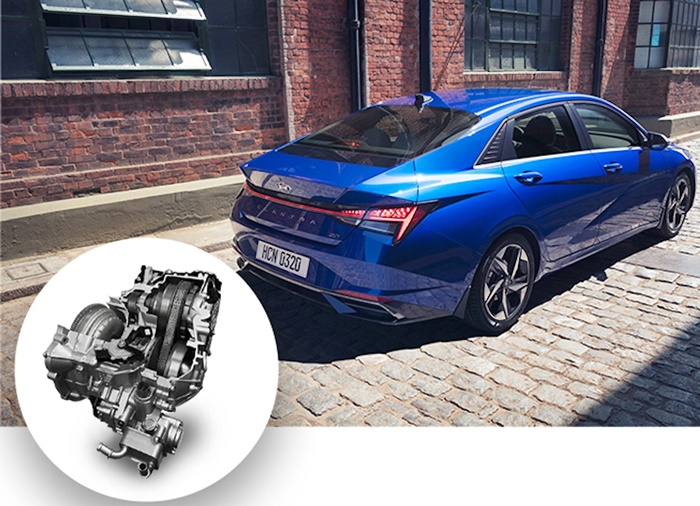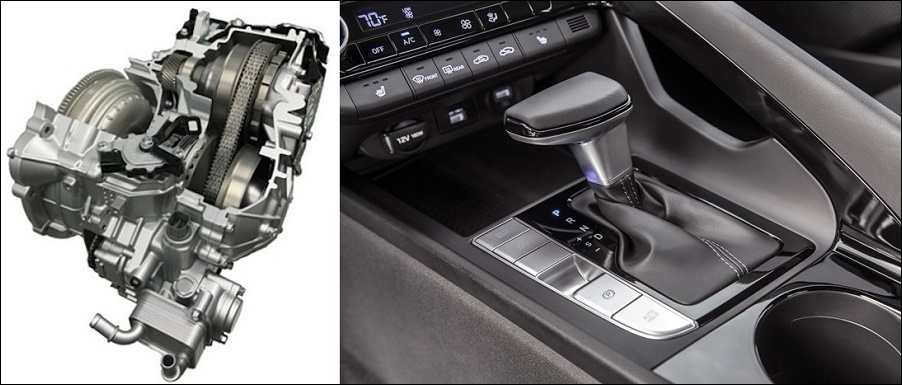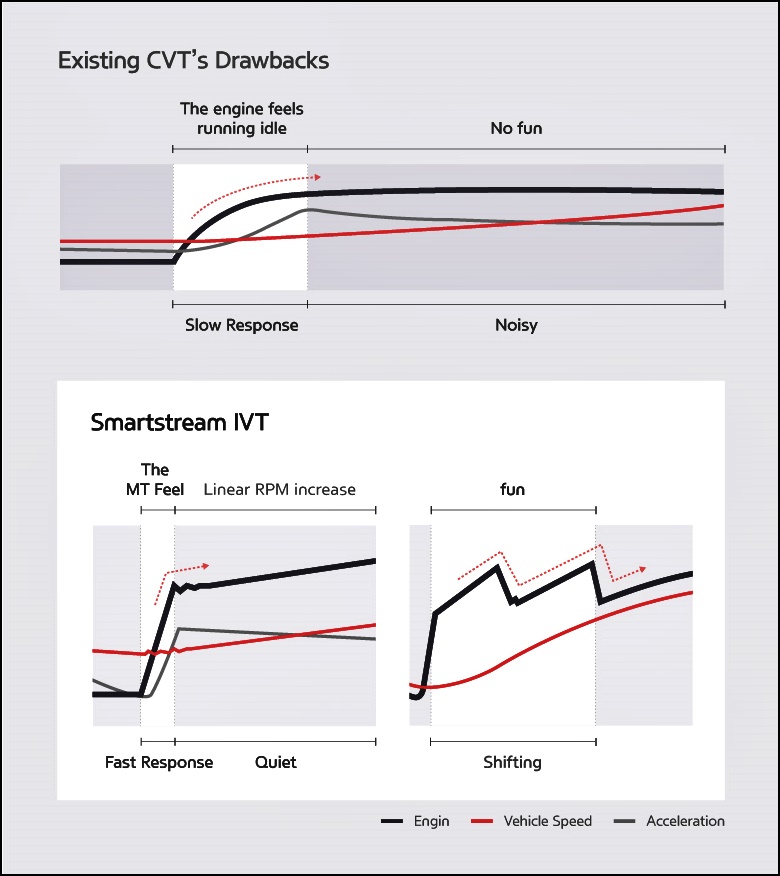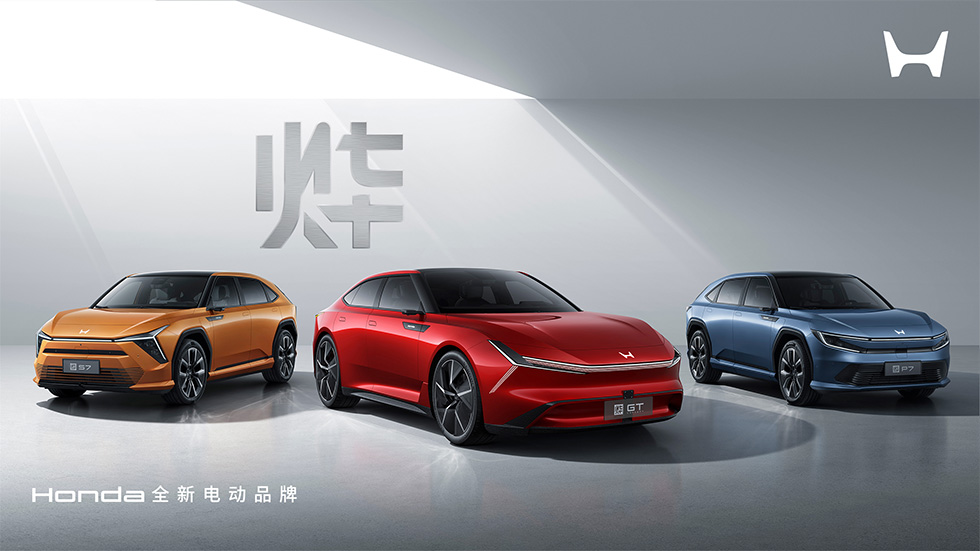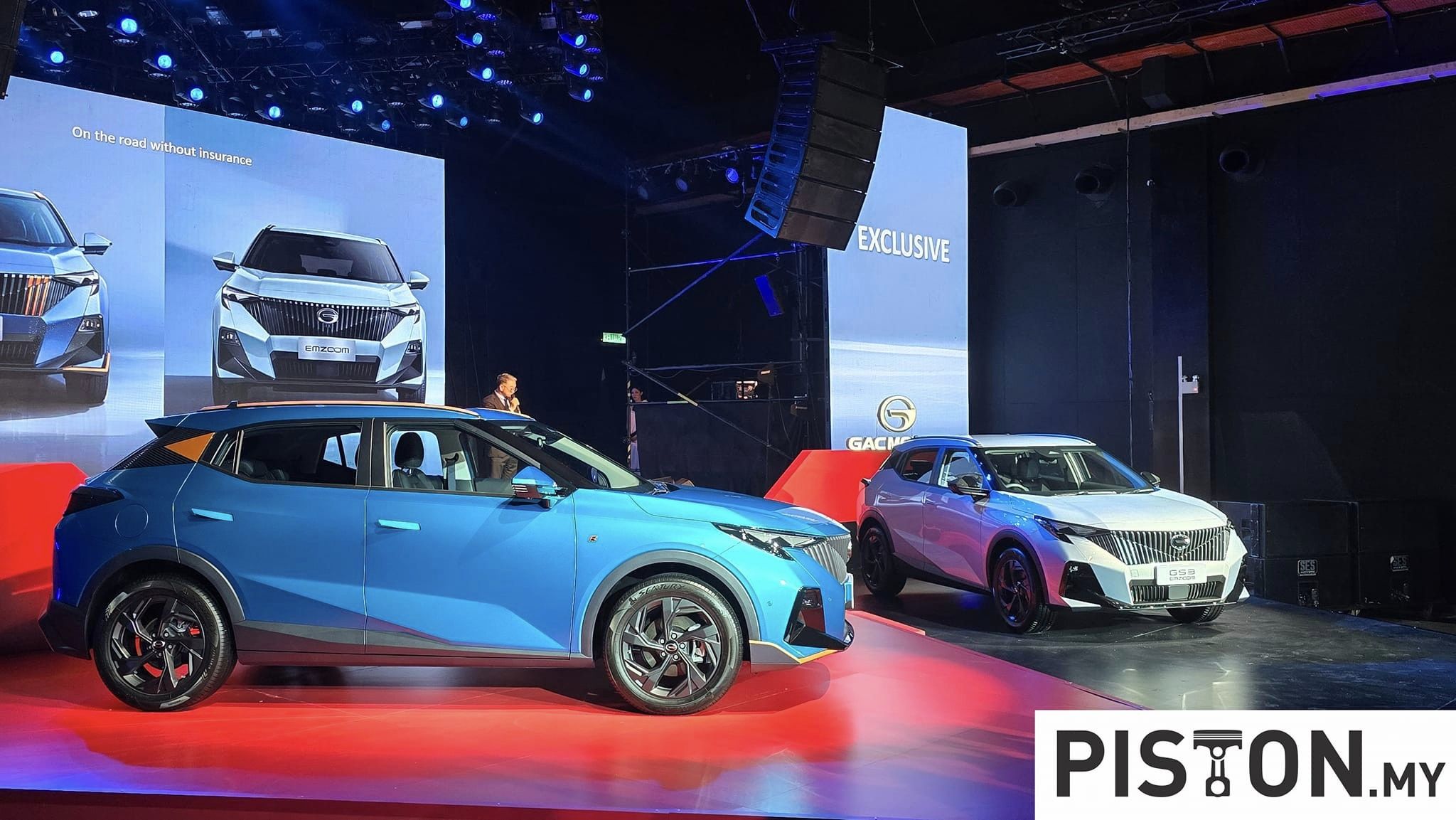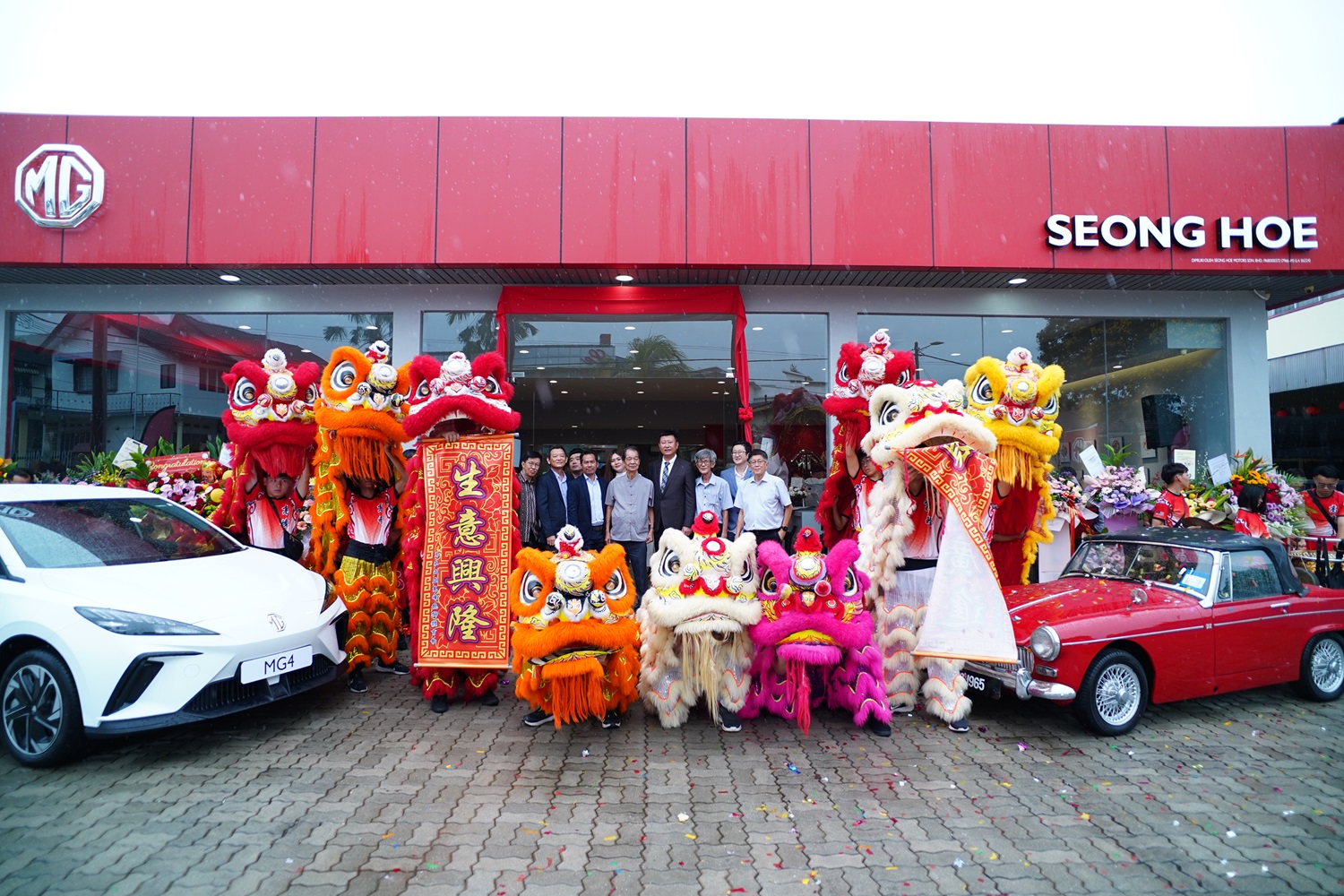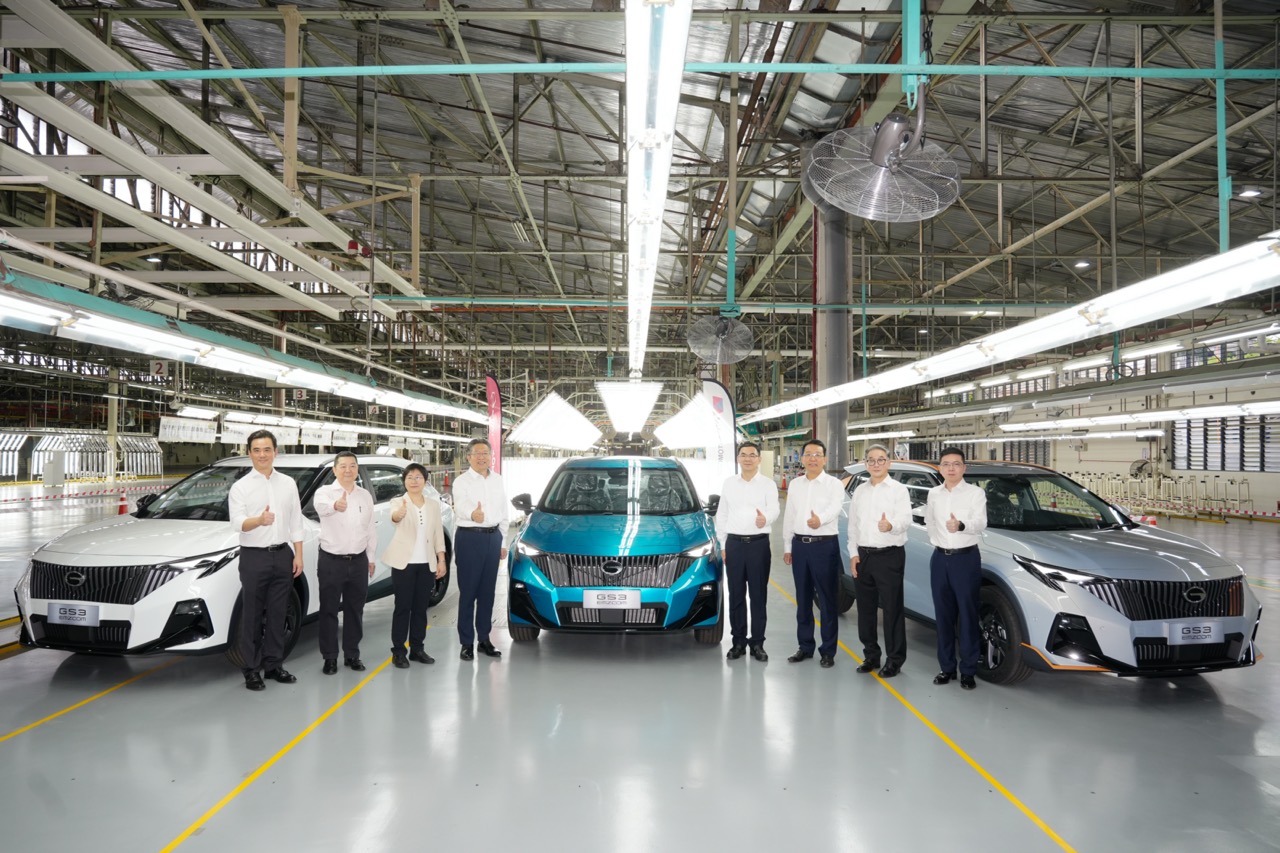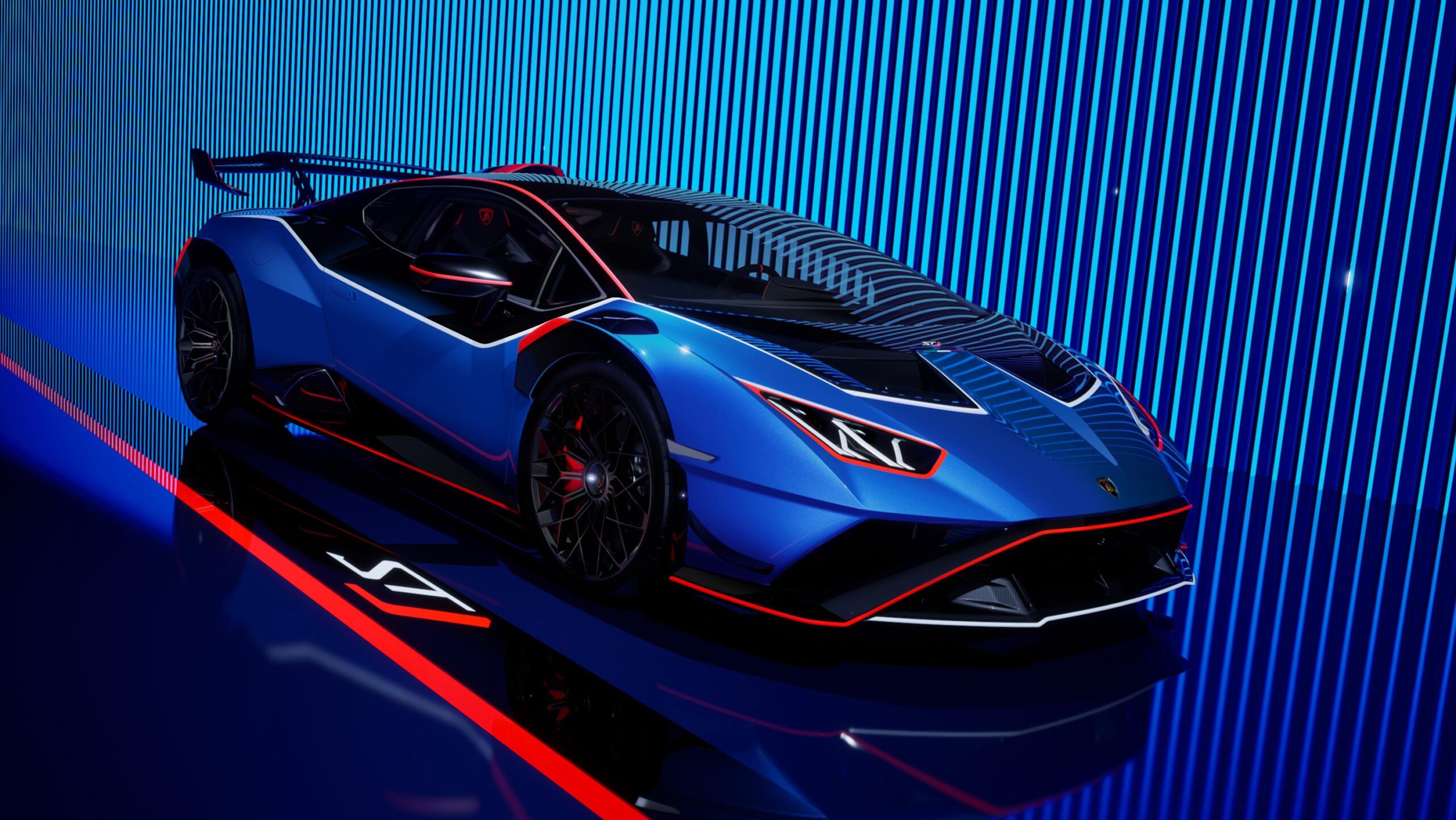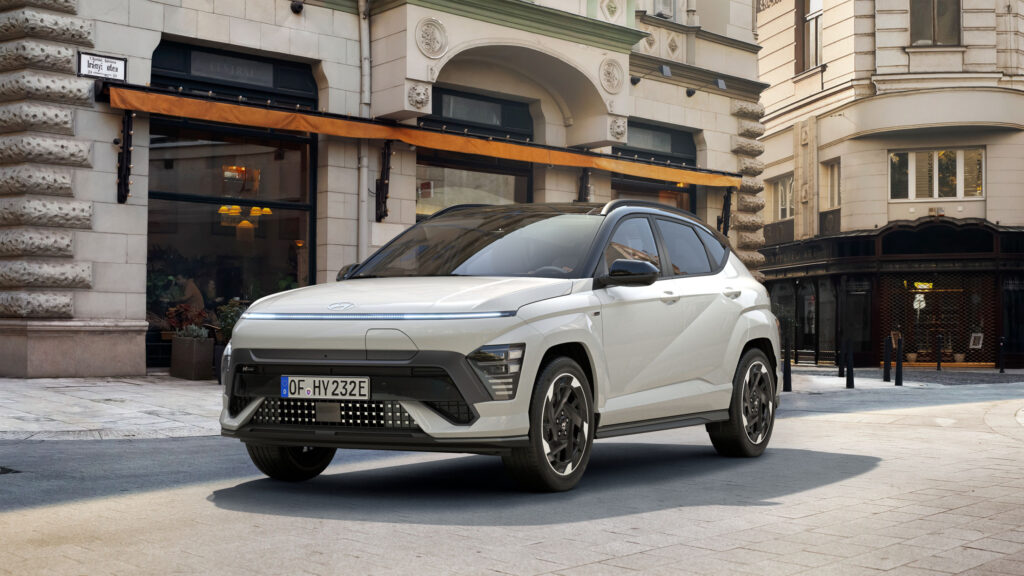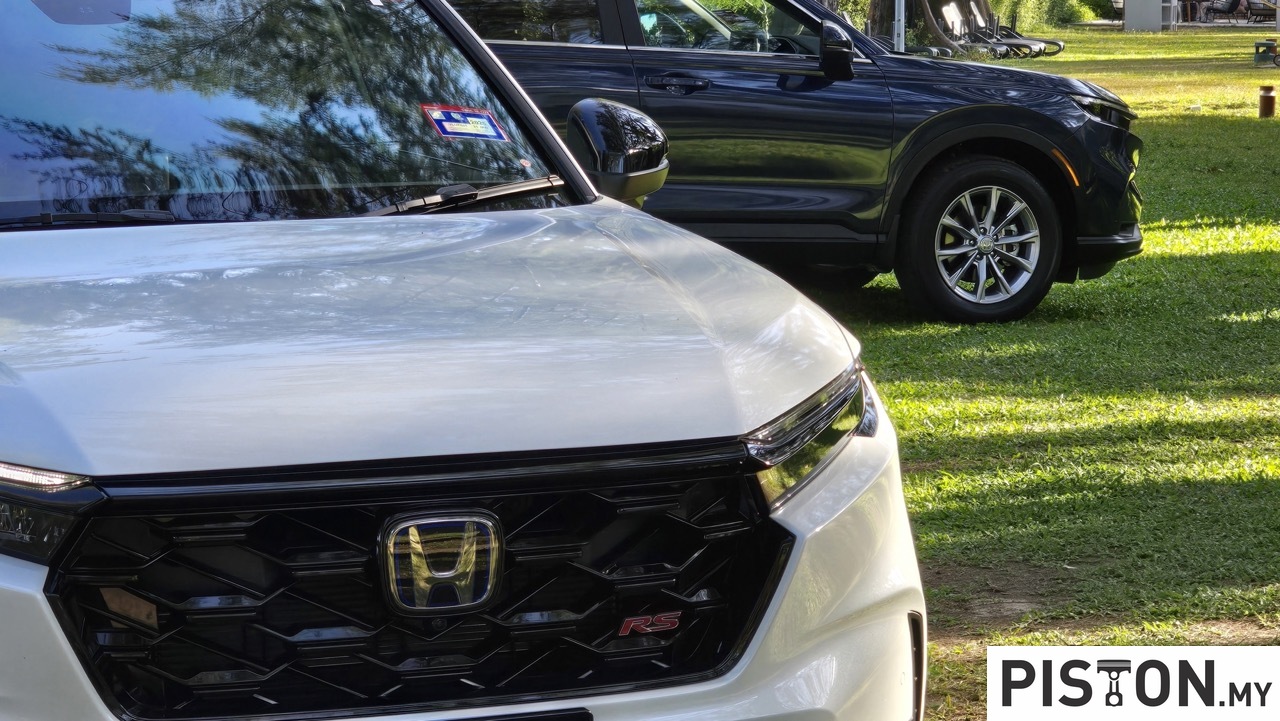There used to be just manual and automatic transmissions, easy enough to differentiate. Then things started to get more varied with the advent of the continuously-variable transmission (CVT), dual-clutch transmission (DCT), Sequential Manual Transmission and others. For motorists, it was still basically manual or automatic, of course, but manufacturers have had a greater choice in the past three decades.
Now joining the list is Hyundai Motor Group’s (HMG) Smartstream Intelligent Variable Transmission (IVT). The Korean group is one of the few automakers that has invested a lot of money to develop and make its own transmissions, the independent approach justified because it has the vehicle volume. Many manufacturers have relied on transmission specialists to supply to them as transmission development and production can be very capital-intensive.
Smartstream powertrain family
Smartstream is the name of HMG’s global powertrain family which is mainly engines and transmissions. The IVT is one of them and uses the characteristic of high-efficiency CVTs as the foundation and improves the responsiveness and gear-shifting feel.
Theoretically, higher-speed transmissions allow for more efficient use of the engine power. But since the weight and volume also correspondingly increase, increasing the transmission speeds indefinitely isn’t really an option.
The CVT opts for a unique structure to overcome this limitation: as the name suggests, it continuously varies the gear speed to match the RPM that is optimal for the engine power output and efficiency. CVTs have the structure in which two pulleys connected to the engine output shaft and the driveshaft are linked via a belt. The belt contracts and expands to alter the diameter of the pulleys, thus varying the gear ratio.
Drawback of a CVT
But the CVT is not without its drawbacks: the pulleys and the belt often slip against each other. This slippage is particularly visible in metallic belts, where the pulleys apply pressure to the narrow area on the belt’s side to adjust the diameter.
Benefits of the IVT
HMG’s IVT uses a chain belt, the first of its kind in the segment, to address this issue while keeping the benefits of the CVT. The chain belt’s strong point is that it uses the belt tension to adjust the pulley diameter, thus eliminating instances of slippage and improving efficiency in power delivery. The chain belt also has a longer lifespan and is maintenance free, which makes it more reliable.
Additionally, CVTs typically keep the engine revs fixed while increasing the vehicle speed, giving a ‘rubber band feel’. To address this issue, the IVT reproduces the manual transmission’s shifting pattern that better reflects the driver’s intent and driving conditions, making it feel more responsive in general.
Rather than having no set gear speed (as in CVTs), the driver can also take advantage of the virtual gear speeds generated by the IVT as needed, which do a great job in approximating the fun feel of the manual transmission.
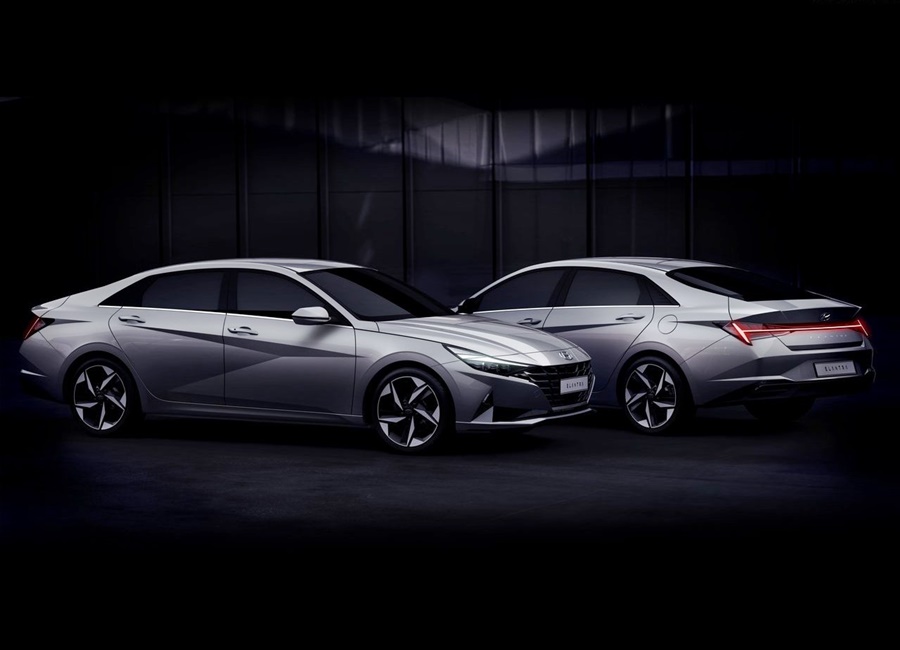
Coming in new Elantra next year
The IVT, made by Hyundai Transys, a subsidiary of HMG, is fitted to various HMG Kia and Hyundai models. Malaysians will get to experience it in the new Elantra which will have an 8-speed IVT. The new model will have a Smartstream 1.6-litre 4-cylinder 123 bhp/154 Nm engine and with the IVT, a 4.2% improvement in fuel economy and a 5% to 8% reduction in engine power loss are claimed.
Click here for other news and articles about Hyundai.


